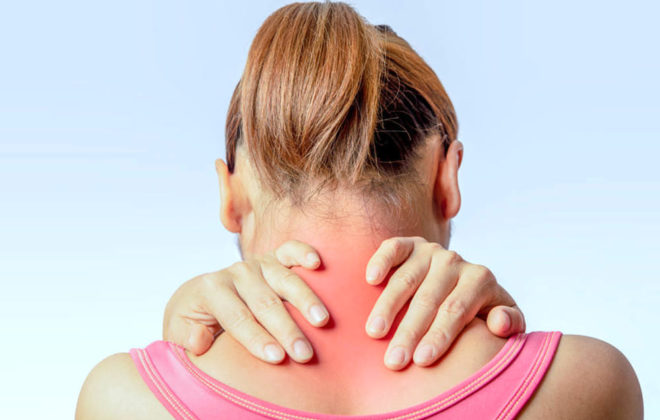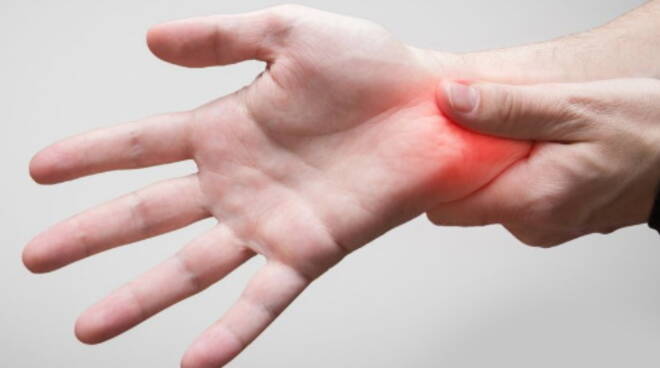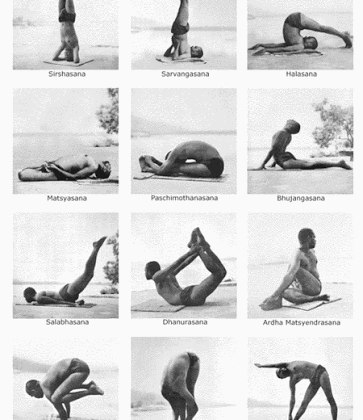THE RISHIKESH SERIES 1. PART
One of the most famous sequences in the world, transmitted and brought to the West by the renowned Swami Sivananda of Rishikesh.
Rishikesh is the famous city of the Rishis, masters of the Vedic samhite, for the many ashrams and the many opportunities to follow courses of the ancient Indian discipline, today it is considered the capital of Yoga.
There Swami Sivananda taught a way of practicing yoga that integrated all the systems of the ancient masters known so this yoga, called synthesis, is the basis of yoga practiced today.
The Rishikesh series is a sequence of fundamental asanas studied and taught in the famous ashram of Rishikesh and its popularity is given by some fundamental aspects that make the practice very effective. In fact, the sequence has beneficial effects on the whole body, as it favors the conditions necessary for the restoration of health and mental balance. It has been established that, if practiced daily, it is able to rebalance the body on several levels: physical, energetic, mental and emotional. The old masters sensed that each of the positions stimulates or activates one or more energy centers, known as Chakra, which regulate the flow of energy by distributing it to the corresponding organs.
Due to its simplicity, the asana sequence can be performed by people of any physical constitution and with varying degrees of flexibility, physical development and at any age. This does not mean that it does not require the use of common sense. Especially in relation to the constitution of the body and particularly respecting the indications that our own body suggests to us.
It is important that the positions, if properly performed, have the possibility and importance of exercising our psycho-physical development and starting us in the practice of yoga. Never worry about reaching the “perfect”, in the sense of flexibility and strength, but we always proceed gradually and slowly within the limits of the body and without ever forcing the posture.

SHIRSHASANA the position on the head, considered the king of asanas.
The sequence traditionally begins with Shirshasana, which is fine for advanced practitioners, while for all those who have recently approached this discipline I would recommend ending it, along with Sarvangasana, Halasana and Matsyasana.
On your knees, bend forward placing your forearms on the ground, welcoming your elbows with your hands to establish the right distance between them. Keeping the elbows in this position, open the forearms and intertwine the fingers of the hands, little fingers united but not superimposed, thus forming an equilateral triangle. Place the top of the head between the intertwined fingers, thus supporting the top and back of the head.
Lift your knees and buttocks off the ground by straightening your legs a little. Take small steps by bringing the feet closer to the head and trunk, thus the trunk moves smoothly towards the vertical position. At this point, bend your knees slightly and gently transfer your body weight from the feet to the head and arms while maintaining a stable balance. Now try to take your feet off the ground slowly one after the other, checking between each phase if your balance is stable.
Please stop for a few moments before the next step. The legs and calves gradually raise in a controlled motion as you adjust the torso to counterbalance the weight of the legs. The legs are raised further up to bring them vertically and finally the calves are pushed up bringing the whole body on a straight line.
It is essential to activate the buttock and abdominal muscles to maintain this straight line. Those suffering from high blood pressure, problems with the neck, head affections, glaucoma, during the menstrual period especially during the first days, should not perform Shirshasana.
According to Gabriella Cella Al Chamali, “it restores a perfect balance between the negative and positive energies of the body. By treating virtually every ailment, it stimulates the pituitary gland and prevents organic decay. It improves digestion and assimilation. It is very useful for the prolapsed uterus, the prostate and the kidneys. It prevents and treats varicose veins, hair loss, and weak internal organs “. Moreover, she advises against running it against the wall because then one never detaches from it.
It helps to find a nice stable balance, it puts us in an upside / down position, helping us to see things in our life from another perspective.
The activated Chakra is Ajna, the third eye. Its polarity is masculine.

An easier position to perform vertically is Ardha Kapalasana the partial position on the skull, for which however the same contraindications apply as indicated above.
Sit on your heels with your hands next to your knees. Raise the pelvis and lean forward placing the vertex of the head on the ground, forming an equilateral triangle between hands and head.
Lift the pelvis and straighten the legs by spreading the knees a little by squeezing the elbows bringing them parallel to each other.
Bring your feet closer to your head with small steps, open your knees further and bend them over your arms, the closer you bring them to your armpits, the more your back straightens. It gives us confidence and overcomes shyness. Ardha Kapalasana is also a posture with masculine polarity.

SARVANGASANA the position of the whole body supported, considered the queen of asanas
Lie on your back, lying flat on the ground with your whole body aligned, arms at your sides with palms on the ground. Raise your legs straight, bringing them perpendicular to the ground (while those with back or kidney problems flex their knees). Press your hands and arms to the ground and with a momentum bring your torso and legs up, forming a straight line perpendicular to the ground from shoulders to feet. Then take your hands off the ground to support the chest, bring the elbows and shoulder blades together in order to relieve the traction of the cervical vertebrae.
Promotes blood circulation by relieving the legs from the venous load facilitating the backflow of blood preventing varicose veins and hemorrhoids. It conveys all the energy into the throat for the benefit of the thyroid and parathyroid glands, ensuring the proper functioning of the basic metabolism. It benefits the entire respiratory system, indicated for asthmatics, and cures breathlessness and palpitations. Indicated for prolapses of internal organs, it tones them up and treats constipation. With compromised cervical vertebrae it is useful to put a folded blanket under the shoulders and arms in order to soften the traction on the said vertebrae. It is contraindicated in case of cervical hernias, arterial hypertension, hyperthyroidism (in this case it must be replaced with Viparita Karani); during menstrual cycles especially the first days with intense flow; affections of the nose, throat, eyes, ears. It should be left immediately when you experience severe heat in the face, throbbing in the throat and feel discomfort and a sense of suffocation.
It takes away apathy and gives grit by overcoming slowness. The activated Chakra is Vishuddha, the Chakra of the throat. Its polarity is feminine

HALASANA the position of the plow
Lie on your back with your legs and feet together, your arms stretched out at your sides with your palms on the ground. By activating the abdominal muscles, raise both legs extended and together, bringing them to the vertical position (with back problems or weak kidneys, lift them with the knees bent).
In the inhalation by pressing on the arms raised, the buttocks and the back from the floor, the exhalation accompanies the legs beyond the head where the feet possibly touch the ground. By joining the intertwined hands the fingers in this way the shoulder blades come close to each other thus protecting the cervical vertebrae. Favorably stimulates and drains the pancreas, liver and spleen by decongesting them. It stimulates the endocrine glands and is very useful for diabetes sufferers. Gently massage all organs in the abdomen. In addition, there is a regularizing action on the thyroid. If maintained for a long time, for at least five minutes, it lowers blood pressure. It tones the spinal nerves by improving the activity of the sympathetic nervous system, stimulates the thymus, improving the immune system. Contraindications are herniated discs and discopathies, during menstruation and during pregnancy if you are not an experienced practitioner; otherwise the same indications apply as for Sarvangasanan. It helps us to overcome shyness and laziness. The activated Chakra is Manipura, the center / navel Chakra. Its polarity is masculine.

MATSYASANA the position of the fish.
In the supine position, flex the knees and lifting the pelvis, place the hands underneath with the palms on the ground. Lower your pelvis by placing your buttocks over your hands. Breathing in, point your elbows on the ground to raise your head and shoulders arching your torso by pushing and opening your chest towards the sky. While exhaling, bring the vertex of the head to the ground (with cervical problems you can put a block or folded blanket under the head). The elbows support the arch of the torso. The legs can be extended, crossed or in padmasana (the lotus position).
It treats constipation, bronchitis, even chronic, and asthma; it prevents colds and sore throats, tones the lower back, relieves inflamed and bleeding hemorrhoids, tones the genitals and the nervous system. Contraindications are hernias, discopathies and arthrosis of the cervical tract; heart disease (with caution), peptic ulcer, in pregnancy only the partial stage and very gently. Just as Matsya the fish avatara saved the ark from the flood, so this position takes us out of the agitated and excited waves of our emotions. The activated Cakra is Vishuddha, the Cakra of the thyroid. Its polarity is feminine.
The second part comes soon!
Sabine
Categories
- Senza categoria (10)




